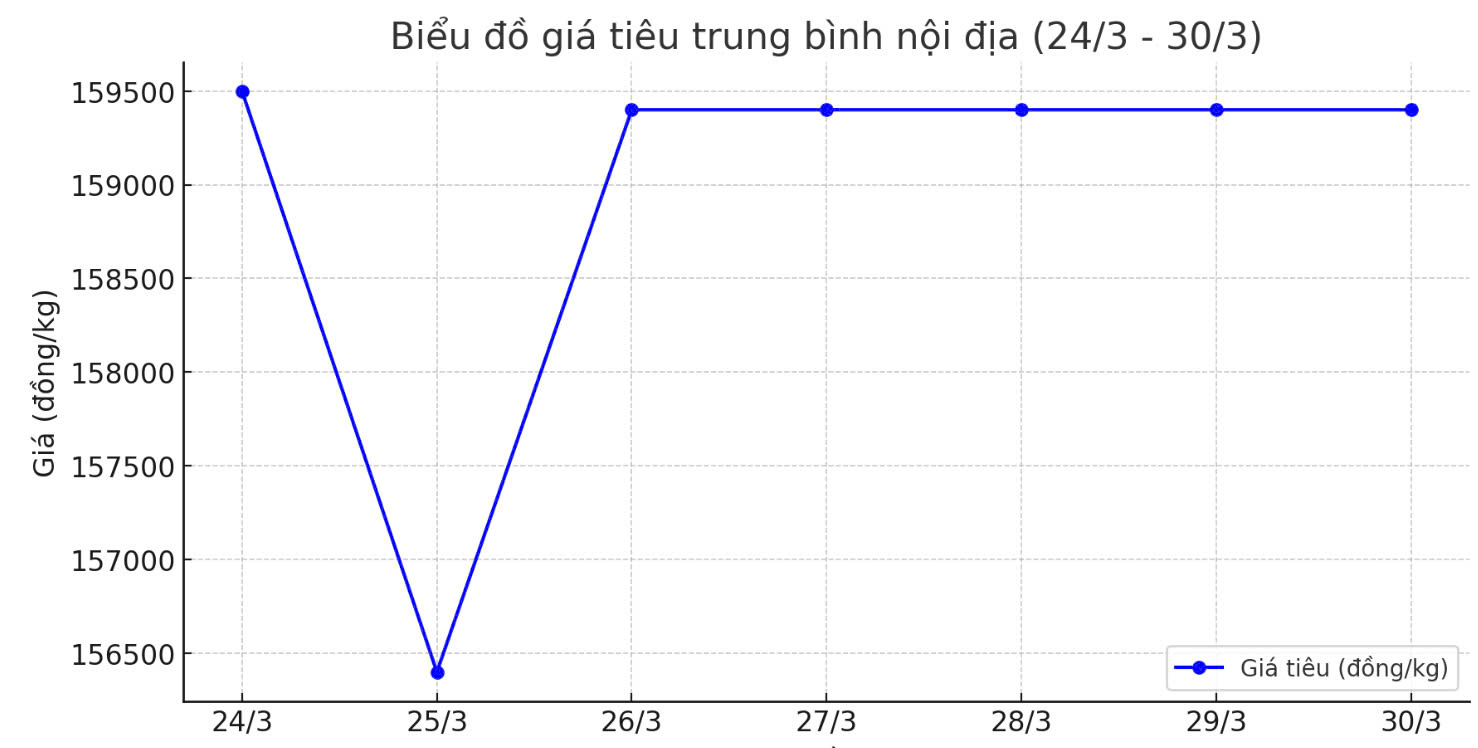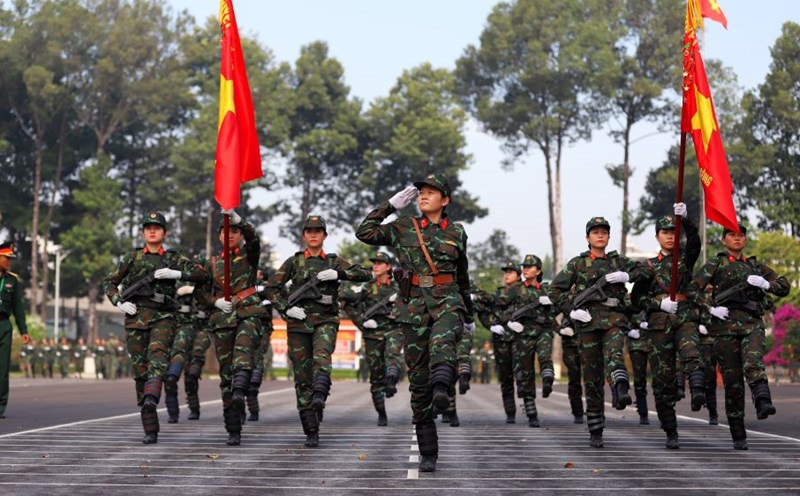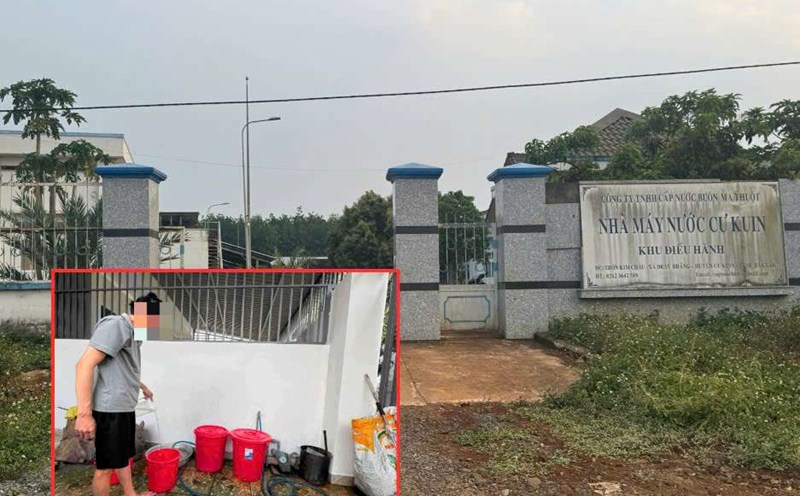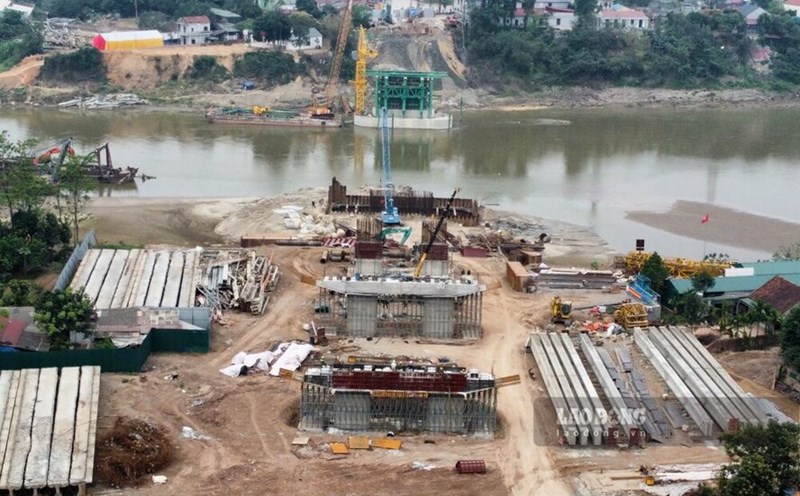Domestic pepper prices: A quiet week
As of 11:30 today (March 30), domestic pepper prices have continued to be stable, currently the purchase price fluctuates between 159,000 - 160,000 VND/kg. The average pepper purchase price nationwide is still at 159,400 VND/kg.
To summarize the week, pepper prices suddenly dropped sharply in the middle of the week but quickly recovered, regaining stable prices immediately afterwards.
At the end of last week, pepper prices were stable at 159,000 VND/kg in the three provinces of Gia Lai, Ba Ria - Vung Tau, Binh Phuoc, unchanged at the end of the week.
Dak Lak and Dak Nong provinces are still the two provinces with the highest pepper purchasing prices in the country today, anchored at 160,000 VND/kg.

World pepper prices: World pepper prices: Slightly decreased at the end of the week
According to the International Pepper Community, on exchanges, Malaysia's black pepper prices are currently being quoted at the highest level of 9,900 USD/ton, while Brazil's ASTA 570 black pepper is the lowest at 7,000 USD/ton.
Meanwhile, the only Indonesian black pepper had a price decrease of 28 USD/ton, down to 7,239 USD/ton last week. In the same direction, white pepper prices decreased by 141 USD/ton last week, down to 10,066 USD/ton.
The price of white pepper announced is 10,066 USD/ton (equivalent to 259,301 VND/kg).
In the Malaysian market, ASTA white pepper prices moved sideways, moving in the same direction as Vietnamese white pepper last week, at 12,400 USD/ton and 10,100 USD/ton, respectively.
In the Indian market, pepper prices continued to remain unchanged in most pepper prices. Garbled pepper costs 67,200 rupees/kg, (equivalent to 208,032 VND/kg), Ungarbled is listed at 65.200 rupees/kg, while gram/liter has the lowest price of 64,200 rupees/kg (exchanged at 198.744 VND/kg).

Assessment and forecast
According to experts, in the international market, pepper prices may continue to increase, especially black pepper, thanks to strong demand from major markets. Export prices are currently supported by many factors. Major pepper producing countries such as Vietnam, Indonesia and Brazil are all facing a decrease in output due to unfavorable weather. Consumption demand is increasing as major consumer markets such as the US and Europe are boosting pepper imports to serve the food and spice industries.
The USD remains high, contributing to supporting pepper prices in the international market.
In addition, the supply from Vietnam is still limited, farmers and traders continue to store goods, only selling in very small quantities after the harvest season.











